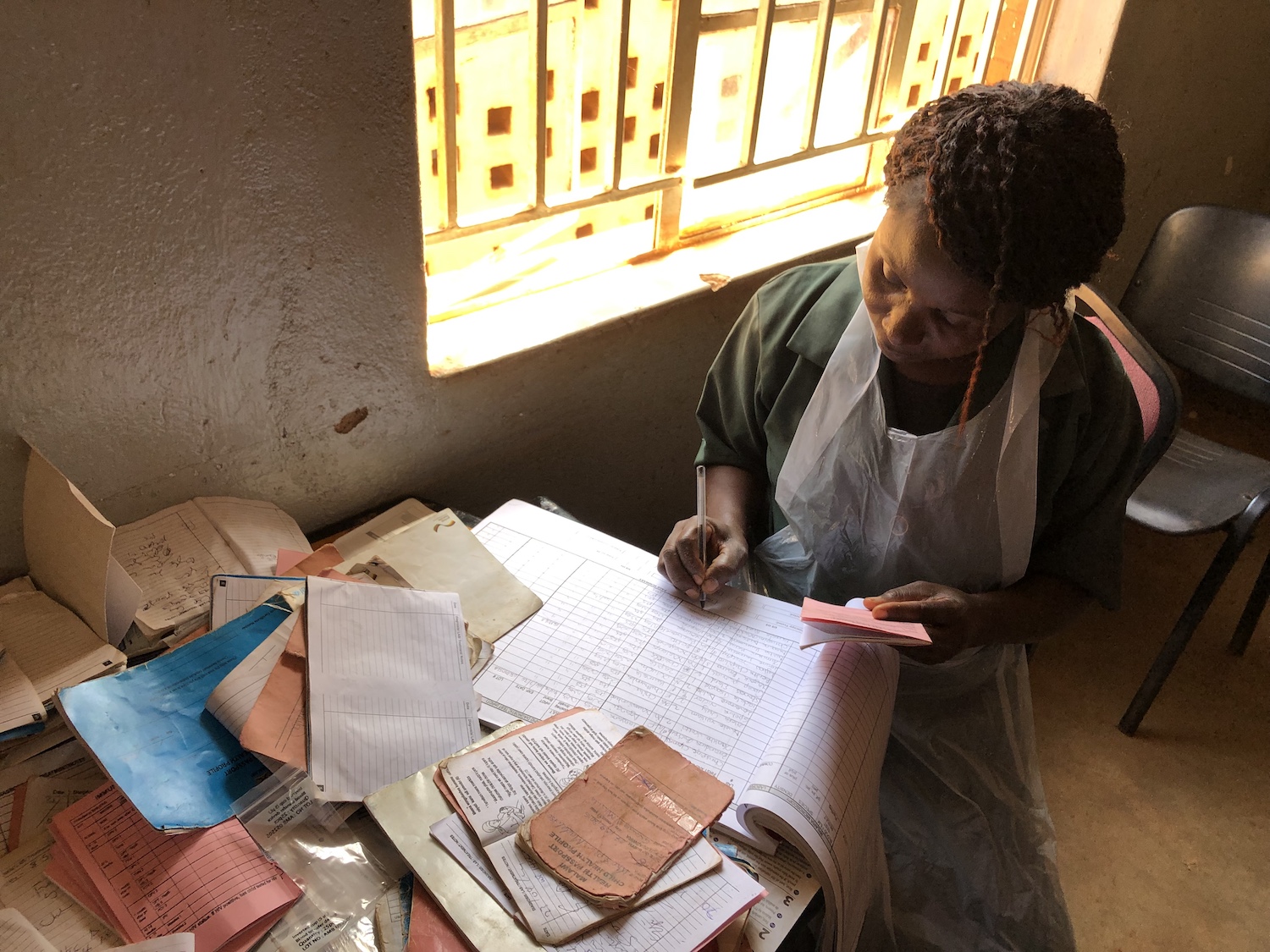Through its Health Sector Strategic Plan 2017-2022 (HSSP II), the Government of Malawi aims to move towards universal coverage of quality, equitable and affordable health care with the aim of improving health status, financial risk protection and client satisfaction. Developed with support from WHO and UNICEF, HSSP II includes delivery of an essential package of health services through primary health care. Recognizing the importance of data and digital tools for delivering PHC and achieving UHC, the government also has a Monitoring, Evaluation and Health Information Systems (M&E/HIS) Strategy 2017–2022 focused on tracking key HSSP II indicators and producing quality health information collected with standardized and harmonized tools across all programs to guide evidence-based decision-making. A Digital Health Strategy 2019-2022 aligned to HSSP II was developed with support from the Health Data Collaborative (HDC), which includes several GAP agencies, bilaterals, foundations and other partners.

Nurse reviewing the malaria vaccination certificate at the Mitundu Community Hospital, Malawi. ©WHO/Monta Reinfelde
UN agencies in Malawi are collaborating to support HSSP II implementation under a UN Joint Project, which includes the GBP £32 million Umoyo Wathu Health Systems Strengthening Program funded by the Government of the United Kingdom which includes the goal of improving quality of health care, service integration, governance and resilience through an integrated M&E system. Gavi and the Global Fund also support strengthening of health information systems in the country and since 2019 GFF financing has supported the expansion of reproductive, maternal, new-born and child health services.
Malawi has made significant progress in recent years in implementing the M&E/HIS Strategy through strengthening of the District Health Information System (DHIS) 2, which collects data at primary health care service delivery points. Periodic data quality assessments and performance analyses are now being used to generate score cards and dash boards on HSSPII indicators for each district in the areas of sexual and reproductive, maternal, new-born and adolescent health, and nutrition tracer interventions. However, further effort is needed to strengthen data collection and use at the PHC level. Several different data systems and devices for collecting data are in place and need to be harmonized across facilities and integrated with DHIS 2. Additional capacity building is needed for health care providers to generate and use data to inform patient care and service delivery. Hardware upgrades are required to improve system capacity and performance. Further effort is also needed to enhance equity, for example, through the revision of primary health care data collection tools and redesign of data capture in DHIS-2 to enable age and gender disaggregation, including data on adolescents who receive services.
In June 2020, the GAP data and digital health accelerator working group and the HDC jointly initiated discussions with the Ministry of Health to explore how collaboration among GAP and HDC agencies could further support the strengthening of health information systems for PHC. The Ministry identified key support needs in the areas of digital health and data governance, infrastructure and health care worker capacity for routine data collection and reporting. Overall, the Government seeks to better leverage and align domestic and external financing to build a more horizontal and comprehensive health information system with patient-level data that is not program-specific and is deployed down to the community level. It also aims to make better use of innovation to improve data quality and invest in training to “move from data to knowledge” among health workers, especially those working in health facilities and at community level.
In December 2020, the Ministry of Health and GAP, HDC and bilateral agencies agreed to develop a country-led roadmap on partner engagement for data and digital health with a key objective of improving efficiency and alignment of partner support. They also agreed that HDC would coordinate ongoing efforts among the partners to align with the government’s plans by working through the country’s health donor coordination platform. The updated roadmap and workplan are to be finalized in consultation with partners in the first half of 2021.
Malawi’s experience with COVID-19 over the last year has further highlighted the importance of using data collected at the community level to monitor health trends, adjust responses and ensure the provision of basic health services. This experience will inform the ongoing work of the GAP, HDC and other partners to help Malawi recover from the COVID-19 pandemic, strengthen health information systems for more equitable primary health care and measure progress towards UHC and other health-related SDG targets.
